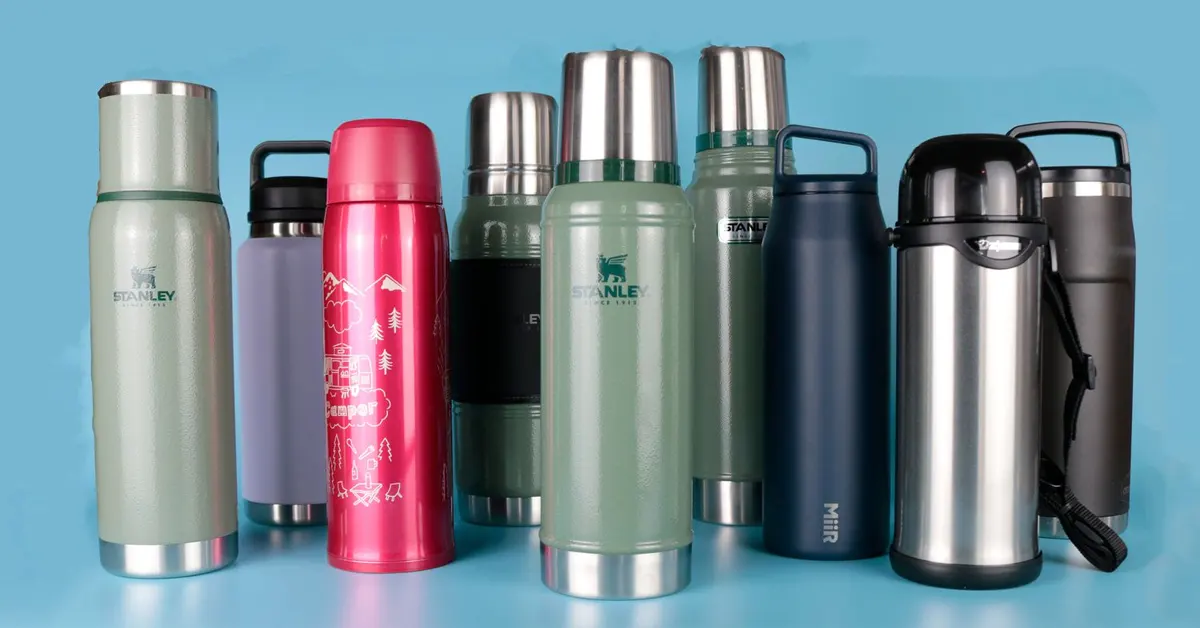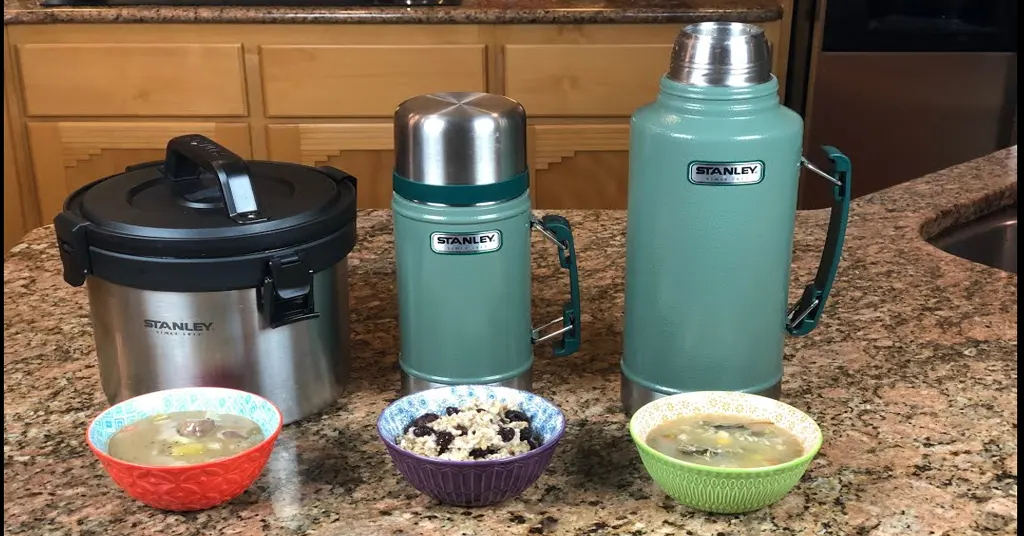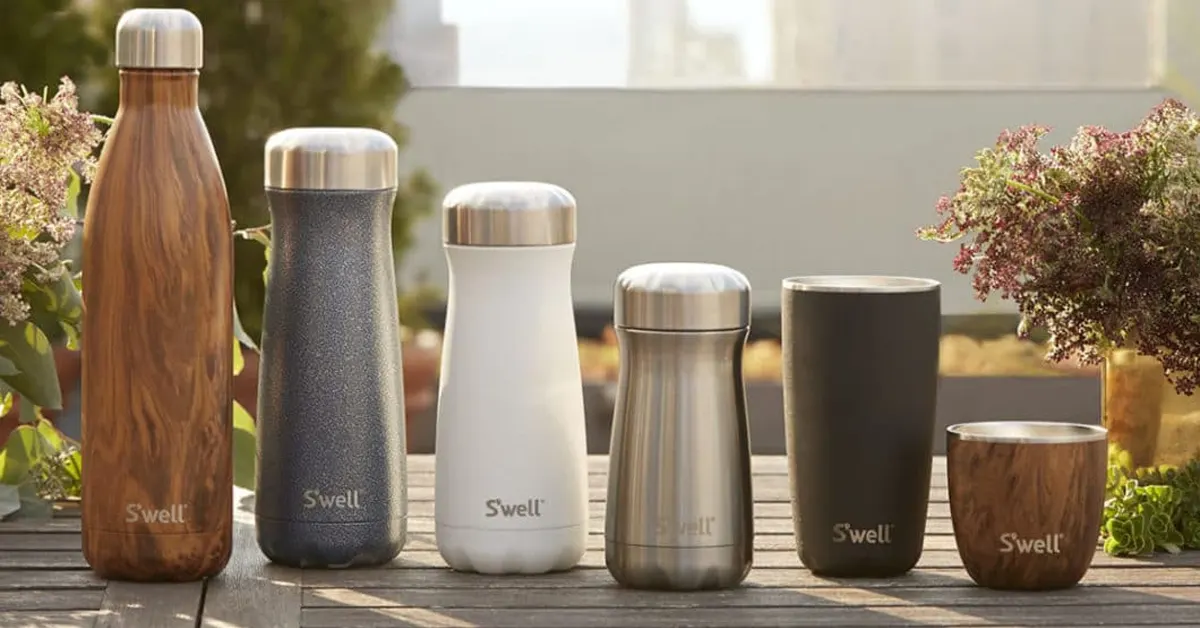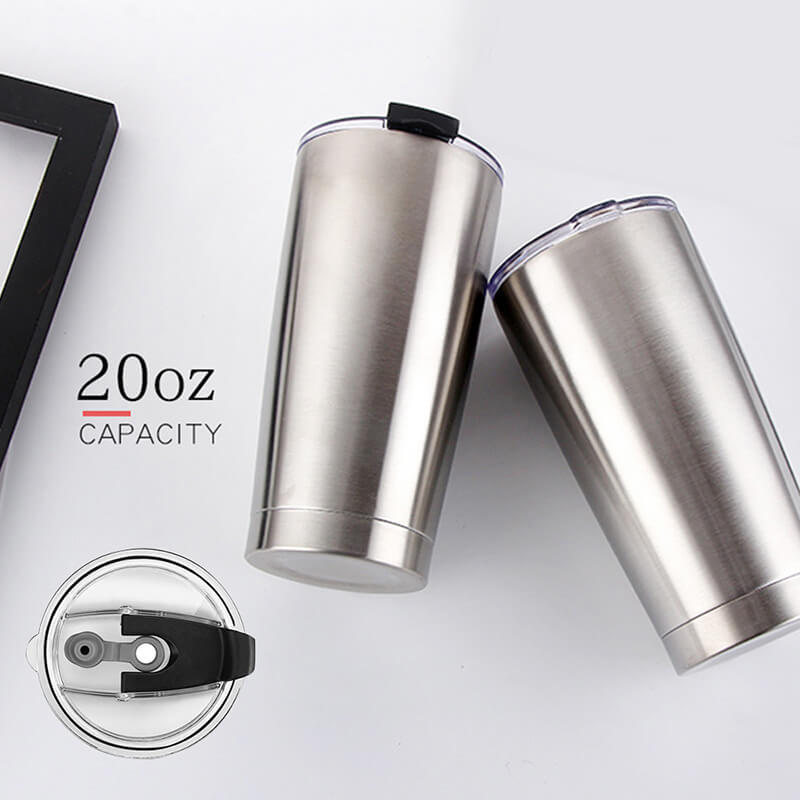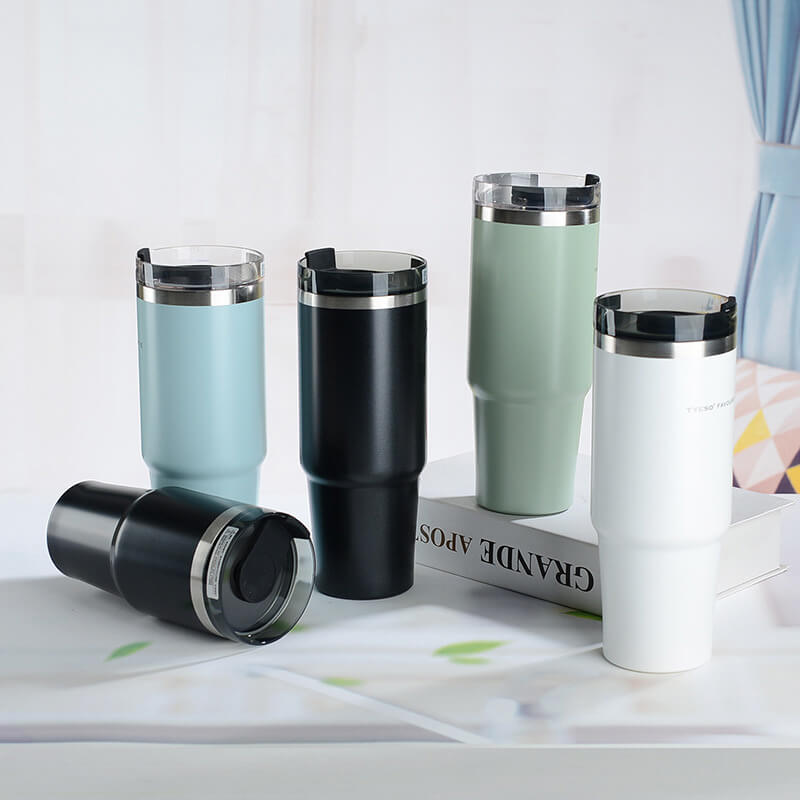Table of Contents
How Long Can You Use a BPA-Free Bottle?
With growing concerns about Bisphenol A (BPA) health risks, BPA-free bottles have become a popular choice for safe hydration. But how long can you use these bottles before replacing them? This guide explores lifespan factors, material comparisons, and maintenance tips to ensure your bottle remains safe and functional for daily use, whether at the gym, office, or on the go.
What Is BPA and Why Go BPA-Free?
Bisphenol A (BPA) is a chemical used in polycarbonate plastics and epoxy resins, found in some insulated water bottles and food containers. It can leach into food or drinks, especially when heated (FDA, 2024).
Studies link BPA exposure to:
- Hormonal imbalances (NIH, 2020)
- Reproductive issues
- Increased risk of breast and prostate cancers
These risks prompted the shift to BPA-free materials like Tritan plastic, stainless steel, and glass.
Benefits of BPA-Free Bottles
- Safety: Eliminates BPA leaching risks (FDA-compliant).
- Durability: Materials like stainless steel and glass resist wear.
- Eco-Friendly: Reusable, reducing single-use plastic waste.

How Long Do BPA-Free Bottles Last?
The lifespan of a BPA-free water bottle depends on material, usage, and maintenance:
| Material | Average Lifespan | Factors Affecting Longevity |
|---|---|---|
| Tritan Plastic | 6–12 months | Scratches, heat exposure, frequent washing |
| Stainless Steel | 5–10 years | Dents, corrosion (rare with 304/316 grades) |
| Glass | Indefinite (if intact) | Fragility, cracks from drops |
1. Material Lifespan
- Tritan Plastic: Withstands ~500 wash cycles but degrades with heat (above 70°C) or scratches, which harbor bacteria (Journal of Materials Science, 2022).
- Stainless Steel: 304/316 grades resist corrosion and impact, lasting years unless dented or rusted (FDA, 2023).
- Glass: Chemically stable and non-reactive, lasting indefinitely unless broken. Borosilicate glass is more impact-resistant.
2. Usage Impact
- Daily Use: Frequent use accelerates wear, especially for plastic bottles.
- Environmental Exposure: Heat, UV light, or freezing temperatures can degrade plastic faster. Stainless steel and glass are more resilient.
3. Maintenance Practices
- Cleaning: Hand wash plastic bottles to avoid dishwasher heat damage. Stainless steel and glass are often dishwasher-safe.
- Storage: Store bottles dry with lids off to prevent mold or odors.
- Handling: Avoid dropping glass or denting stainless steel to maintain integrity.
Are BPA-Free Plastics Truly Safe?
While BPA-free plastics like Tritan are free of BPA, some contain alternative chemicals like Bisphenol S (BPS) or Bisphenol F (BPF), which may have similar hormonal effects (Environmental Health Perspectives, 2021). Choose bottles certified as “BPA-free and BPS-free” or opt for stainless steel/glass for maximum safety.
Comparing Top BPA-Free Bottle Brands
| Brand | Material | Lifespan | Dishwasher-Safe | Price Range |
|---|---|---|---|---|
| Nalgene | Tritan Plastic | 6–12 months | Yes | $15–$25 |
| Hydro Flask | 304 SS | 5–10 years | Yes | $30–$50 |
| Klean Kanteen | 304 SS | 5–10 years | Yes | $25–$45 |
| Pyrex | Borosilicate Glass | Indefinite | Yes | $20–$40 |
Maintenance Tips for Extending Bottle Lifespan
- Clean Daily: Rinse with warm soapy water and a bottle brush to remove residue.
- Deep Clean Weekly: Soak in 1 tbsp baking soda and water to eliminate odors.
- Avoid Heat: Don’t expose plastic bottles to hot liquids or dishwashers unless specified.
- Check Seals: Replace worn silicone gaskets to prevent leaks.
- Store Properly: Keep bottles dry and open to avoid mold growth.
FAQs About BPA-Free Bottles
Can you put hot liquids in a BPA-free bottle?
Are BPA-free bottles recyclable?
Yes, Tritan, stainless steel, and glass are recyclable, but confirm with local recycling programs.
Are BPA-free bottles dishwasher-safe?
Some are, like Hydro Flask and Pyrex. Plastic bottles like Nalgene may require hand washing to avoid heat damage.
Can you microwave a BPA-free bottle?
No, microwaving can degrade even BPA-free materials, releasing chemicals or warping the bottle.
Are all BPA-free plastics safe?
Not always. Some contain BPS or BPF, which may pose risks. Choose Tritan, stainless steel, or glass with FDA certifications.
How do I know when to replace my BPA-free bottle?
Replace if you see cracks, scratches, dents, rust, or changes in taste/smell.
Conclusion: Maximize Your BPA-Free Bottle’s Lifespan
BPA-free water bottles made from Tritan plastic, stainless steel, or glass offer safe, durable hydration, lasting from 6 months to a lifetime with proper care. Regular cleaning, avoiding extreme temperatures, and inspecting for wear ensure longevity and safety. Compare brands like Nalgene, Hydro Flask, and Pyrex to find the best fit for your lifestyle, and opt for BPA- and BPS-free materials for peace of mind.
More questions? Please feel free to contact YKSC, the leading vacuum insulated stainless steel water bottle manufacturer. Send an email to [email protected], you will get quick response within 24 hours.
Have Anything To Ask Us?
Please fill in the detailed information in the form, and we will contact you as soon as possible

